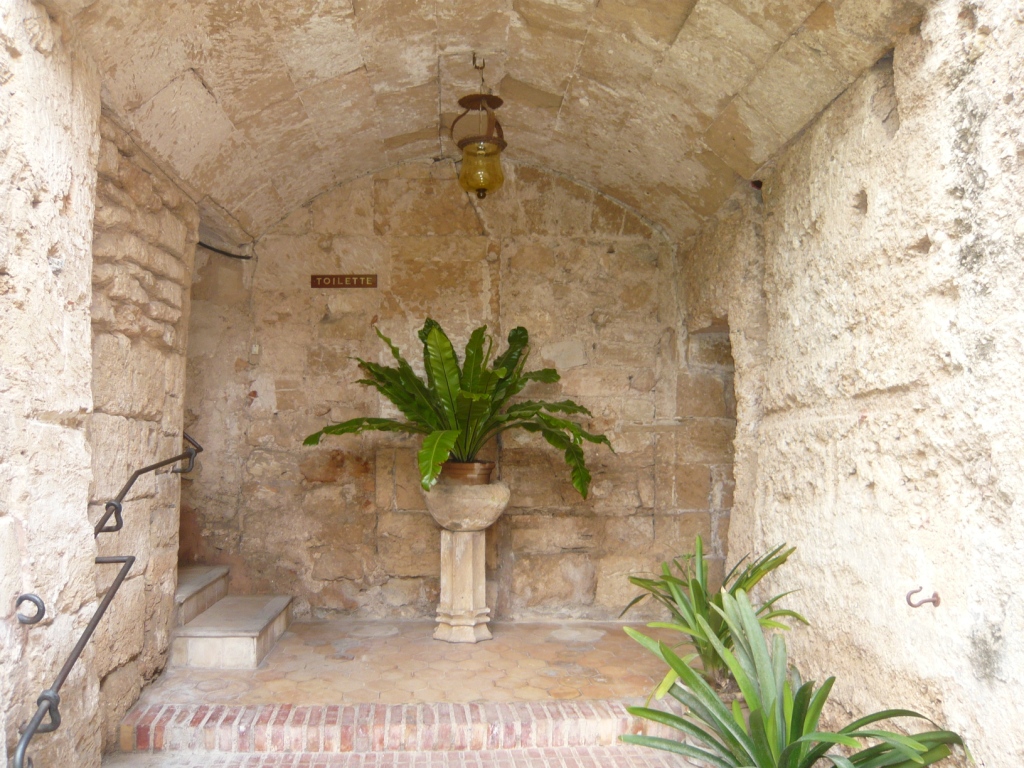
How Old Are Your Plants in Geological Epochs
A Yew tree in Somerset is said to be dying after 4000 years. The rumour may be overstated for tourism reasons as Taxus Yews can regenerate like Doctor Who.
Geological Epochs and a view of Plant Age.
- Some would argue that 3,100 million years have elapsed since the first bacteria (and cynobacteria) inhabited our planet but plants are not quite that old.
- Algae started in the sea in the Pre-cambrian era when the first animal fossils can be dated. (1,500 million years)
- Through the Cambrian period, more than 500 million years ago, marine life including sponges and algae were developing until the invasion of land plants in the Silurian times 440 million years ago.
- Herbaceous ferns, horsetails and the first vascular plants developed on through the Devonian period.
- Around 300 million years ago ferns were dominant but tall swamp forests, conifers and Cycads were joined by the other gymnosperms.
- The Triassic and Jurasic periods (130-250 my ago) were still flower free as most angiosperms developed during the Cretaceous and Tertiary period only 65 million years ago! This was at the time when birds, bees, moths and early mammals were developing.
Focus on Angiosperms Old Flowering Plants
- Fossil evidence is available for some ferns and the dinosaurs of the plant kingdom.
- The study of ancient pollen has shown that 49 present day families of plants were represented in rocks 100-200 million years old.
- Angiosperms represented 85% of the Earths vegetation as they supplanted the then dominance of the slower to adapt gymnosperms.
- As humans and mammals have a range of life expectancy so do flowering plants. For simplicity gardeners classify these life cycles into perennials, annuals, biennials and ephemerals (several generations from seed in one year like groundsel).
Some Old Plants
- Russians have grown plants from fruit stored away in permafrost by squirrels over 30,000 years ago. This is the oldest plant material by far to have been brought to life read more on BBC 20.2.12
- European Yews or Taxus baccata in Tisbury and Llangernyw Wales are believed to be over 4000 years old.
- Great Basin Bristlecone pine Pinus longaeva in USA is circa 4800 years old and several Sequoia in California are over 3000 years old.
- I wouldn’t want to count the rings on these trees but even with their great age they are just specs in the geological time frames we have been considering.
Photo and Other Credits
Lepidodendron fossil by Museum Girl ROM, CC BY 2.0 (Lepidodendron is an extinct genus of primitive tree-like plant. They were the first large land plants, and a major part of the coal forest tropical flora.)
Fossilised part of a giant clubmoss or lycopod tree, Stigmaria ficiodes, GL1239 by Black Country Museums …Part of a fossil lycopod tree called Stigmaria ficoides which is approximatley 310 million years old.CC BY-NC-SA 2.0
Fossil forest Lulworth Cove Dorset by lovestruck … The Fossil Forest at Lulworth Cove Dorset . The round large fossils are fossilised rings of algae that grew around tree trunks as the forest, that covered the whole area, was flooded nearly 150 million years ago by the rising sea levels. CC BY-NC-ND 2.0


